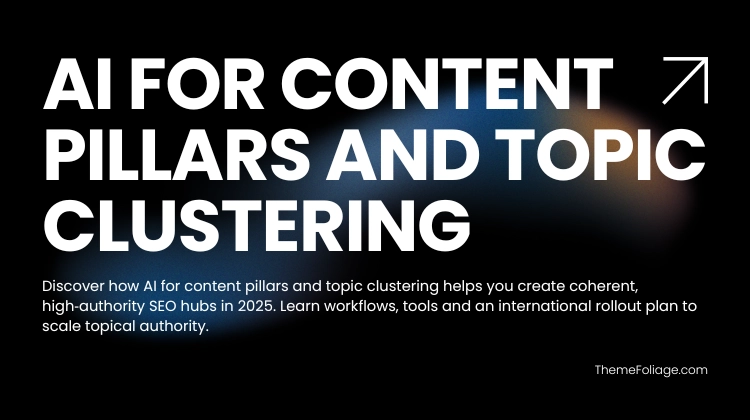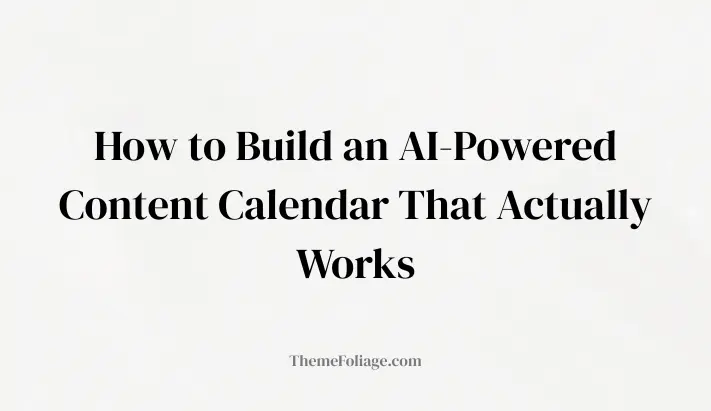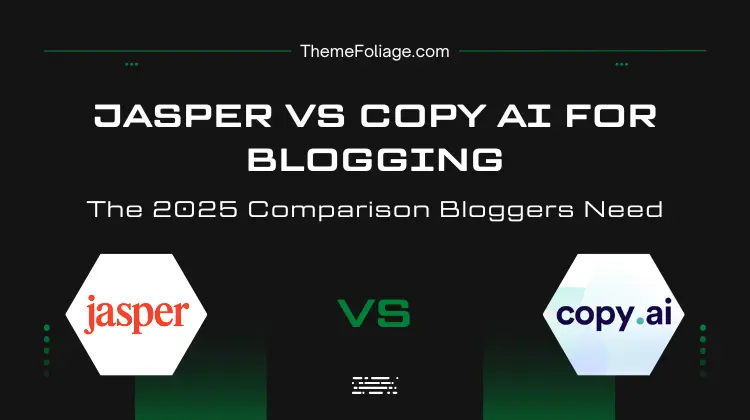In 2025, search engines care more about topical authority and user intent than exact-match keywords. The winning content strategy is not isolated articles but coherent content ecosystems: pillar pages that establish authority, and tightly linked cluster articles that answer every user question around a topic.
AI turns this into a repeatable system discovering semantically related subtopics, generating high‑quality briefs, prioritising cluster gaps by traffic potential and localising content for international audiences.
This guide explains why topic clustering matters now, how AI makes it practical at scale, a step‑by‑step workflow to build global pillar hubs, recommended tools and a measurement plan, so each cluster delivers measurable SEO and business outcomes.
Why Pillars and Clusters Win in 2025
- Search engines prioritise comprehensiveness and intent coverage; a single strong pillar with many well‑written clusters outranks many unrelated posts.
- Internal linking from cluster pages to the pillar consolidates relevance signals and helps search engines understand content relationships.
- Clusters capture long‑tail queries and featured‑snippet opportunities, while the pillar captures broad, high‑volume terms.
- For international audiences, a single authoritative structure localised by language/region scales far better than disjointed local posts.
- AI compresses research time and reduces writer bottlenecks, enabling faster coverage of high‑value topic areas.
A strategic pillar/cluster approach turns content publishing from random posts into a deliberate SEO investment with compounding returns.
How AI Transforms Topic Clustering
- Automated topic discovery: AI scans SERPs, question hubs, forum threads and audience signals to propose the full universe of subtopics, intent types and keyword variants.
- Semantic grouping: Clustering algorithms group related queries into actionable article ideas that avoid cannibalisation.
- Priority scoring: Models score cluster topics by expected traffic, ranking difficulty, topical fit and downstream revenue potential.
- Content briefs at scale: AI generates SEO briefs with headings, meta suggestions, schema recommendations and internal linking maps tailored to the pillar.
- Localisation and cultural tuning: AI drafts region‑specific examples, metrics, currencies and idioms so each cluster resonates locally.
- Continuous gap analysis: AI monitors SERP shifts and flags missing angles or questions competitors start to rank for.
- Performance prediction: Predictive models estimate time‑to‑rank, traffic potential and likely conversion lift per cluster.
These capabilities let you build and maintain topical authority efficiently across many verticals and languages.
Core Workflow: From Topic Idea to Global Pillar Hub
- Pick a strategic pillar topic
Choose a high‑value, product‑aligned topic with significant search volume and commercial intent (for example, “AI Content Repurposing” or “Affiliate Funnel Optimisation”). - Run AI topic discovery
Use AI to harvest related queries, question clusters, subtopics, common objections and SERP features (people also ask, featured snippets, video results). - Cluster and prioritise
Group queries into 15–40 cluster pages; score each by intent, traffic potential, ranking difficulty and commercial value. Prioritise low‑effort, high‑impact cluster pages first. - Generate SEO briefs
For each cluster article, produce a brief including target intent, H2/H3 outline, recommended keywords, suggested schema, internal links to the pillar and CTAs that map to the funnel. - Localise briefs for target markets
Create region/language variants of briefs: local keyword variants, examples, currencies, compliance notes and cultural cues. Keep canonical structures consistent to avoid duplication. - Produce content with human edit
Use AI to draft first pass content, then have editors customise tone, verify facts and add proprietary insights. Ensure each piece answers its target user intent fully. - Implement internal linking and schema
The pillar page should link to clusters and vice versa; use FAQ/ HowTo schema where relevant and include a clear topical index on the pillar. - Publish, measure and iterate
Track rankings, clicks, time on page, conversion rates and how clusters influence pillar relevance. Use AI gap analysis to add missing subtopics or refresh underperformers. - Automate upkeep
Schedule AI‑assisted rewrites and updates for stale clusters, add new examples or stats, and A/B test titles and featured snippets for higher CTR.
International Rollout: Scaling Pillar Hubs Across Markets
- Start with an English global pillar, then create language variants using human‑reviewed translations and local keyword tweaks.
- Use hreflang and subfolder or ccTLD strategies consistent with your SEO and localisation policy.
- Localise CTAs, pricing, and legal disclaimers to match market expectations.
- Run pilot clusters in priority markets to validate messaging before full localisation.
- Maintain centralised taxonomy and URL structure, so internal linking logic remains consistent across locales.
Consistency in structure plus meaningful localisation in content is the ideal balance for international topical authority.
Recommended Toolchain (verify current pricing and features)
- Topic discovery & clustering: AI keyword and topic research platforms with clustering and intent analysis.
- Content brief generators: tools that output outlines, schema, internal link maps and meta suggestions.
- CMS integrations: plugins or automation to push briefs to writers, schedule publication and manage hreflang.
- Translation/localisation: neural translation plus native review workflows.
- Analytics & monitoring: rank trackers, organic traffic dashboards and content performance platforms.
- Feature testing: tools to preview and A/B test titles and meta descriptions for CTR lift.
Choose tools that integrate with your editorial workflow and allow human oversight for quality control.
Measurement: KPIs That Prove Topical ROI
- Organic clicks and impressions for pillar and clusters (GSC + analytics)
- Number of ranking cluster pages in top 10 for target intent queries
- Average time on cluster pages and scroll depth (engagement quality)
- Conversion rate and goal completions attributable to cluster pages
- Internal link equity flow: how cluster pages boost pillar rankings and vice versa
- Cost per acquiring a ranking vs paid acquisition for similar intent
- Content freshness and reduction in churned traffic after AI updates
Use cohort and funnel analysis to connect cluster coverage to business metrics, not just traffic.
Governance, Quality and Cannibalisation Controls
- Maintain a content map to avoid overlapping coverage and keyword cannibalisation.
- Use canonical tags and consolidation where markets require single authoritative pages.
- Implement editorial checks to prevent factual errors in AI drafts and ensure brand voice.
- Track model drift: periodically reassess cluster groupings as SERPs evolve.
- Establish owners matrix—who owns pillar strategy, localisation, and ongoing optimisation.
Human oversight prevents structural SEO mistakes that pure automation can introduce.
Common Pitfalls and How to Avoid Them
- Publishing thin AI‑only posts: always add unique analysis, case studies or original data.
- Ignoring internal linking: clusters must point to the pillar with contextual anchors.
- Overlocalising structure: keep URL and linking consistency, while localising content only where it matters.
- Chasing volume over intent: prioritise clusters that match clear user intents that feed your funnel.
- Not measuring incrementality: use holdouts or A/B where possible to prove cluster impact on conversions.
Follow the discipline of strategy > brief > draft > human edit > link > measure.
Final Thoughts
AI makes building and maintaining content pillars and topic clusters practical at scale, especially for international publishers and brands.
The competitive edge comes from combining AI speed with human expertise: AI discovers topics, drafts briefs and predicts impact; your team verifies, adds unique insights and crafts culturally resonant content.
Start with one strategic pillar, execute high‑quality cluster pages with a localisation pilot, measure the compound lift, then scale systematically. In 2025 the brands that win search are those that organise knowledge deliberately, and keep it fresh. Also check out – AI for SEO Automation.



